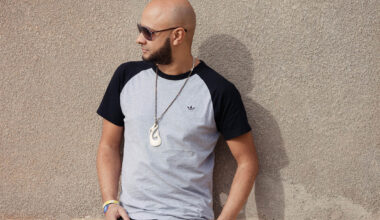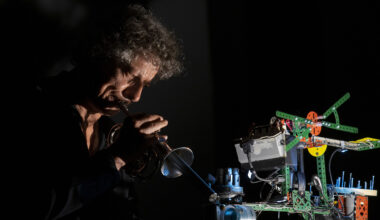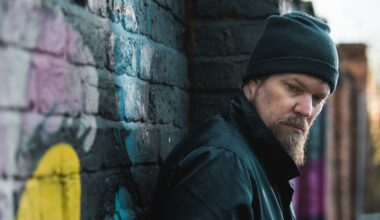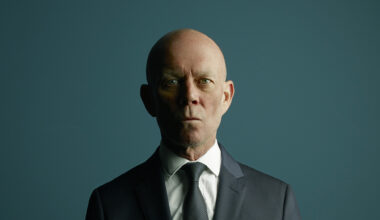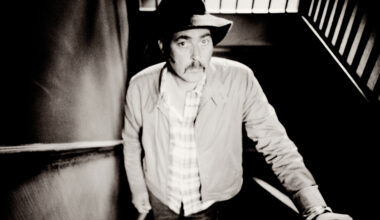Following the release of ‘What Do The Stars Say To You’ – a collaborative album under his WARM moniker – Chicago house legend Ron Trent opens up about his formative influences
Want to read more?
Sign up to Electronic Sound Premium to gain access to every post, video, special offers, and more. 100%, all you can eat, no commitment, cancel any time.
Already a premium member? Log in here
